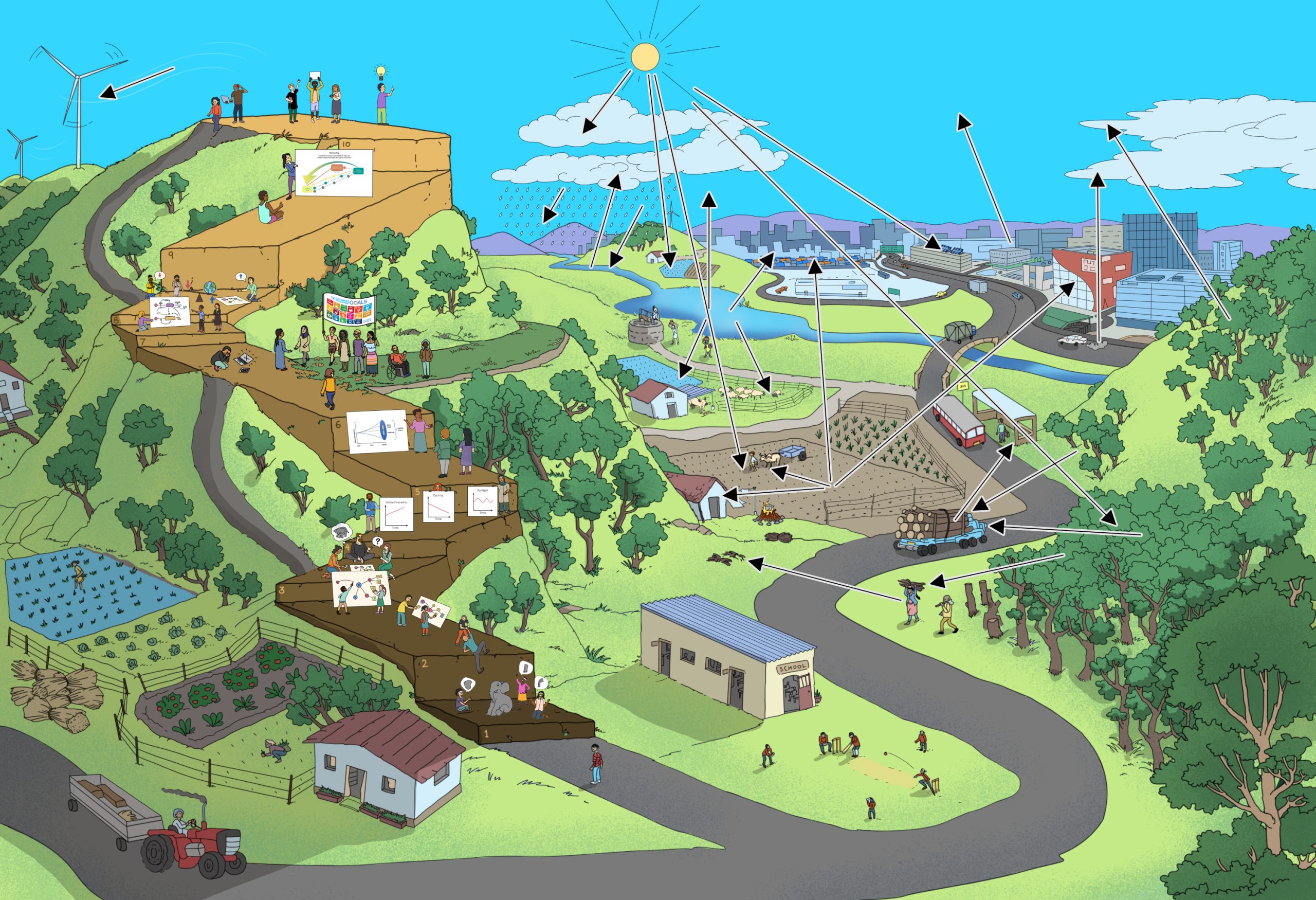Video Content Analysis
Suitable for Steps 2, 3, 6, 7
(Or whenever video content analysis is needed)
Duration
1-2 hours
Material Needed
Video player, tablet or desktop computer, internet
Writing materials
Group size
3-4
Objective
To enable learners to examine videos (or texts, audio materials) related to a topic, to discern patterns, and to describe the patterns in their own words.
The analysis qualitative (focusing on understanding and interpreting) and/or quantitative (focusing on counting and measuring) in nature.
One can apply content analysis to a broad range of texts, audio, visual, and performative materials. it is used in a variety of fields, including marketing, media studies, anthropology, cognitive science, psychology, and many social science disciplines.
Content analysis has various possible goals:
Finding correlations and patterns in how concepts are communicated
Understanding the intentions of an individual, group or institution
Identifying propaganda and biases in communication
Revealing differences in communication in different contexts
Analyzing the consequences of communication content, such as the flow of information or audience responses.
Description
- Once learners have defined their topic and formulated clear research questions, you could start them off by identifying suitable videos on the internet or other sources.
- After screening the videos, learners may choose three to four videos, which seem to be the most promising ones for content analysis (choosing a sample).
- Depending on the task, help the learners decide which type of analysis they may want to apply. For example: if learners would want to find out about future developments in potato production, they may want to write down all the relevant figures that give information on the past, present, or future production quantities (quantity of potatoes sliced, number of countries to import potatoes from, amount of salt used, number of flavours or artificial ingredients). In case learners would want to understand in detail how potato chips are produced, they may choose a more descriptive type of analysis, which highlights the different steps of production.
- Encourage the learners to identify further questions as they conduct the analysis. They could add these questions to a table, where they write down their questions and the answers they get from each video (categories for analysis).
- f the learners are analyzing the videos in groups, they can define a guideline for making notes, to clearly define which information might be of relevance.
- If they watch all videos together, they can discuss while watching which information is relevant and note it down.
- You can help the learners develop a template, in which they can add their research questions. This will help the learners record all relevant data in the appropriate category.
- Once the “coding” is complete, ask the learners to review the data and try to identify patterns and synthesize conclusions (e.g., define the trends in cotton production and processing, the steps and time taken in the production process).
Contribution to Systems Thinking competence
You can use this method to help learners understand a topic better and to help them realize that a “simple thing” may be embedded in a complex system with various elements and interrelationships, which can change over the time (dynamics of a system).
The method may be used in Step 5 (anticipating the future) or Step 6 (evaluating the impact in the frame of sustainable development) if suitable videos or podcasts are available.
Example
In Step 3 of the potato chips example, learners are asked to analyze selected videos on the production as well as the digestion of potato chips.
The method helps develop insights into the different situations that people face. Considering that one of the aims of the Systems Thinking is to address problems, gaining such insights contribute towards working out better solutions. Role Play can help support analysis and reflection on the topic chosen for systems exploration.

